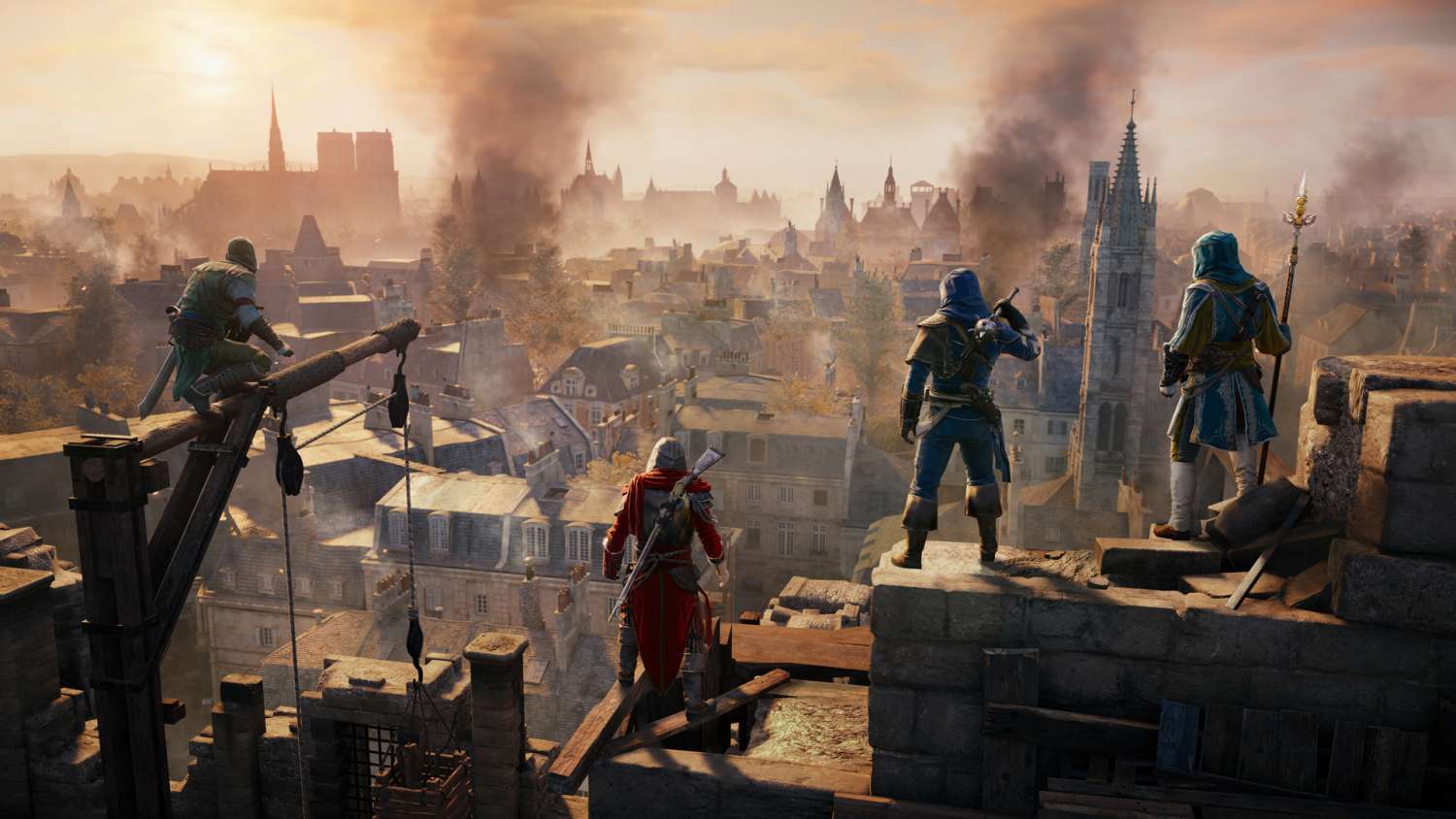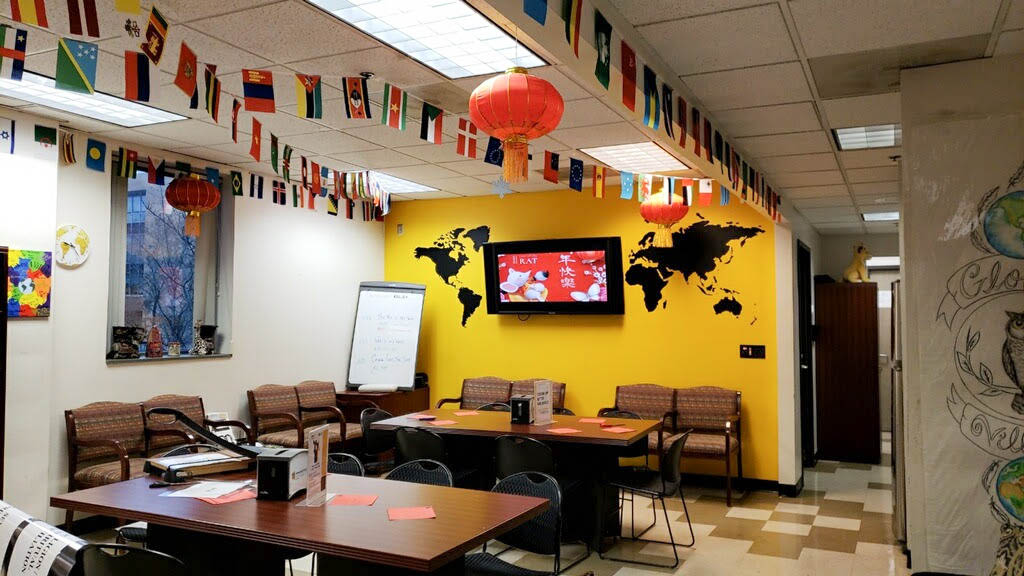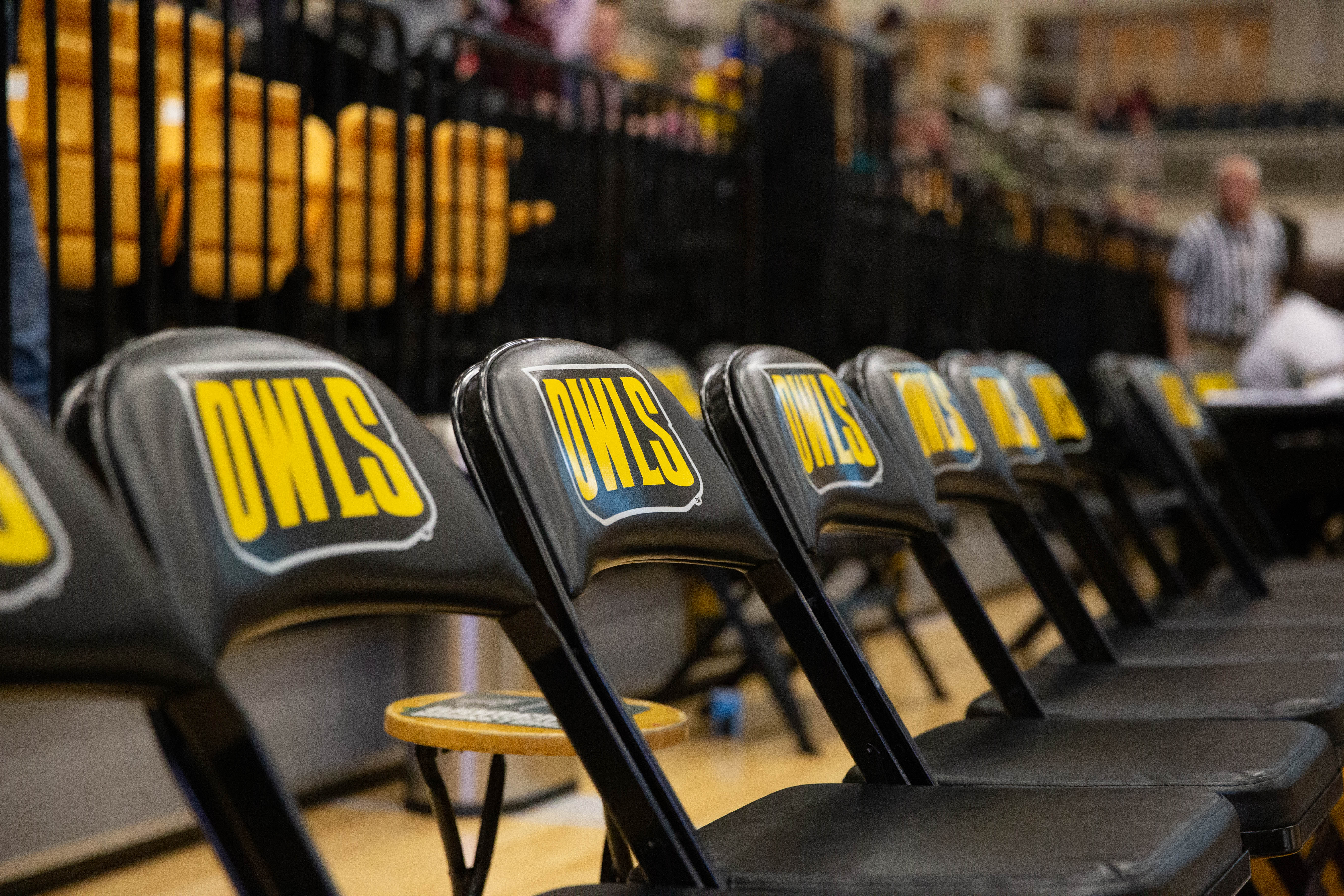
Photo: Courtesy of Ubisoft
Mike Strong, Arts & Living Editor
Assassin’s Creed has finally made the jump to new-gen platforms with Assassin’s Creed Unity. Available only on PS4, Xbox One and PC, Unity leaves behind its Xbox 360 and PS3 roots. But rather than abandon those who have not made the new-gen leap, Ubisoft has also released a last-gen only Assassin’s Creed game known as Rogue. The two games could not be more different, but they still complement one another in a way that makes playing both a much better experience than just sneaking your way through one of them.
Rogue acts as bridge between the series’ recent history and what the series becomes in Unity. Since Rogue takes place between the events of Assassin’s Creed IV and III, many familiar faces, locations and gameplay elements return from those games. The story follows a new assassin named Shay Patrick Cormack, who, in a fascinating turn of events, abandons his assassin brothers and joins up with their Templar rivals. This leads to one of the most engaging individual stories in the series thus far. Even though it does not advance the overarching storyline in any major way and it clocks in at a disappointingly short length, the story made me empathize with Shay more so than I have with any other Assassin.
The gameplay of Rogue will be incredibly familiar to those who played AC IV. Once again, it is centered on ship exploration and combat. But in this outing, much more time is spent on land-based missions. This is a welcome change of pace after spending countless hours grinding for ship upgrades in AC IV. Useful additions to your ship’s arsenal make combat much easier and enjoyable for those who can’t keep up with the ever increasing difficulty of the ship-based story missions. I hit a frustratingly large amount of points in AC IV that told me to upgrade my ship to start a mission. Rogue allowed me to progress with ease and I never hit a point where I felt underpowered.
Rather than exploring the open seas of the Caribbean, Rogue takes Shay to the icy waters of the North Atlantic and the bustling city of New York. It was nice to have a large central city to collect items in after AC IV forced players to clear out numerous small islands. It felt like a perfect blend between the large cities of past games and the fun of ship exploration in AC IV.
The new Templar-driven story is much more than a simple cosmetic change. It comes with a fun new gameplay mechanic to make Shay feel like both an Assassin hunter and prey. When on land, Shay can be stalked by enemies who use stealth to their advantage in the same way that players can. While I enjoyed tracking down these hidden predators, some areas were a bit excessive with the amount of Assassins on the prowl. Having to deal with assassin after assassin cheapened the powerful feeling that comes from taking them out before they find you.
Rogue is a fantastic game for those who are accustomed to the way Assassin’s Creed has felt and operated for the past two years. On the other hand, Unity moves the franchise forward in ways that are accentuated by experiencing both of this year’s offerings.
Unity puts players in the shoes of Assassin Arno Dorian during the French Revolution. Technical advances allowed by the new consoles help this setting to truly come to life. From the incredibly dense crowds of disgruntled French citizens to the stunning lighting system, Unity has the most well-realized setting of any AC game yet. Each district has its own unique flavor, whether it be of the bourgeois French elite or the lowly slum-dwelling citizens.
Unity brings multiple new features to the series that lead to some of the most enjoyable moments I have had in an AC game ever. The new co-op missions create a very interesting dynamic between players. With benefits for both aiding your partners and for maintaining stealth, a dilemma often arose where I had to choose between reviving my partner or not breaking stealth in order to get a higher payout after the mission is over.
Another welcome addition is the ability to quickly descend buildings rather than slowly climb down the way you came. By simply holding a button, Arno leaps down onto balconies and ledges to get from roof to ground in a matter of seconds.
Arno might not be the most interesting playable character in the series, especially compared to Rogue’s Shay, but this was likely done to allow the player to use him as a blank slate in much the same way as faceless first-person shooters do. Players have an unparalleled level of control over Arno’s appearance. Nearly every part of his outfit can be changed up thanks to a massive selection of styles. These styles do more than make Arno look cooler, though. Each piece of clothing has its own stats that affect stealth and combat abilities. The only disappointment with this is that many of the most desirable outfits can only be obtained by using separate services such as a companion app or an online websites called initiates. This breaks the immersion of Arno earning his upgrades and is especially frustrating when those services don’t work properly.
The game itself is also plagued with performance issues that break the immersion that the beautiful city of Paris works so hard to create. Most notable is the frame rate issues. Both the Xbox One and PS4 versions suffer from choppy performance, with frame rate frequently dipping below the industry standard 30 frames per second. With the already finicky parkour mechanics, this can lead to frustrating moments where Arno ruins his cover or goes the opposite direction the player desires. Other minor issues can surely be ironed out in updates, but this is a systemic issue that will likely mire the gameplay for everyone who picks up Unity.




